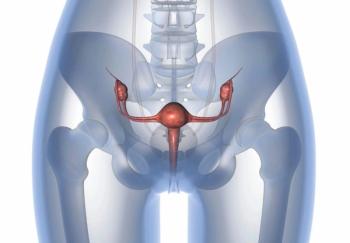
Oncology NEWS International
- Oncology NEWS International Vol 9 No 9
- Volume 9
- Issue 9
Low-Tech Breast and Cervical Cancer Screening Studied in India
NEW YORK-A randomized trial enrolling 150,000 women and funded by the US National Cancer Institute is underway in India to screen for breast and cervical cancer using simple methods.
NEW YORKA randomized trial enrolling 150,000 women and funded by the US National Cancer Institute is underway in India to screen for breast and cervical cancer using simple methods.
Mammography is a very fine tool, but most of the developing world cannot afford mammography, so we have to devise simple techniques, said Indraneel Mittra, MBBS, PhD, professor of medicine and chief of the Surgical Breast Service, Tata Memorial Hospital, Bombay. He spoke at the International Breast Cancer Roundtable, sponsored by the American-Italian Cancer Foundation and the Komen Breast Cancer Foundation.
Instead, the Indian trial depends on physical examinations performed by trained health workers. These are women educated to the level of high school, Professor Mittra said. You cant have doctors go out into the community and examine thousands of women.
The health workers provide instruction in cancer awareness along with printed materials to all women in the study. For the control group, this is the only intervention. Clinical breast examinations are performed on those in the study group, and the health workers teach them breast self-examination.
The health workers also screen all women randomized to the study group for cervical cancer. Were not using the Pap smear, he said. The Pap smear sounds simple, but it requires many trained technicians and cytopathologists. Instead, the health workers do a visual inspection of the cervix after applying a 4% acetic acid solution.
In this study, four rounds of screening intervention will be given every 18 months. The final endpoint is a reduction in mortality from breast and cervical cancer.
The incidence of breast cancer is rising in every country in the world, but faster in the developing countries, Professor Mittra observed. Among the factors he cited for this surge is women delaying childbirth because of working outside the home. Another factor affecting all types of cancer, he indicated, is increased longevity with the control of infectious diseases.
In India, it is estimated that life expectancy between 1995 and 2025 will increase by 9 years, he said. This will increase the incidence of cancer by 300%.
Articles in this issue
about 25 years ago
Soy’s Effect on Breast Cancer Remains Uncertainabout 25 years ago
STAR Enrollment Tops 6,000 in First Year of Recruitmentabout 25 years ago
New rhTPO Being Tested in Three Trialsabout 25 years ago
New Research Centers Target How Market Forces Affect Health Careabout 25 years ago
Aromatase Inhibitors Actively Studied in Hormone-Dependent Breast Cancerabout 25 years ago
PRIMATOM System Combines CT Scanning With Radiation TherapyNewsletter
Stay up to date on recent advances in the multidisciplinary approach to cancer.



















































































